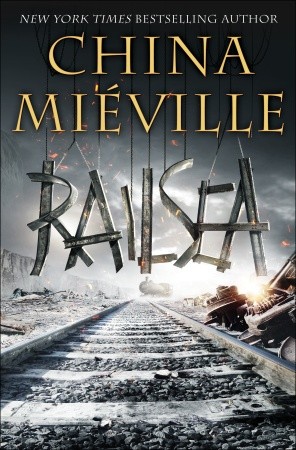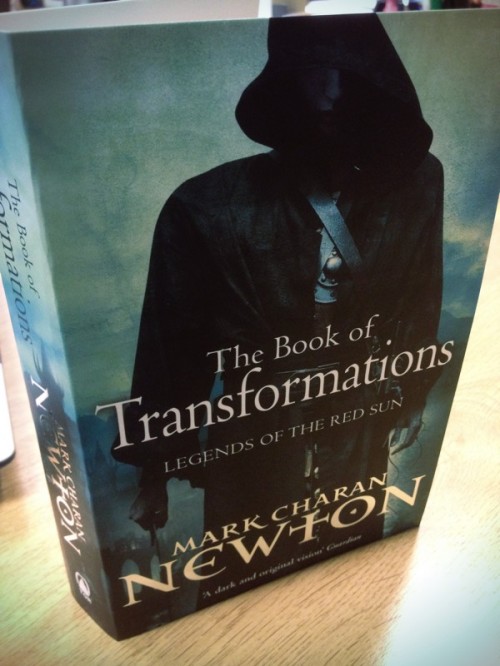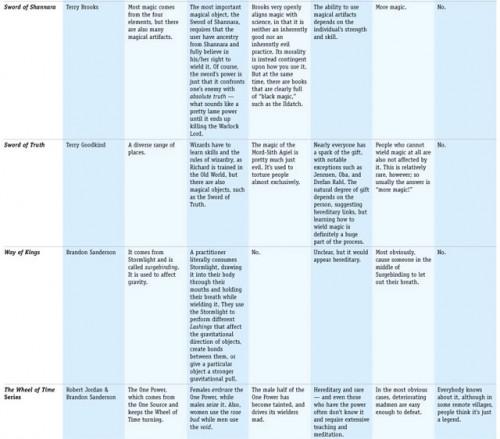
Planesrunner
By Ian McDonald
Hardcover
Pages: 296 pages
Publisher: Pyr Books
Release Date: 06/12/11
ISBN: 1616145412
EXCERPT
Ian McDonald, the many times award-nominated author of The Dervish House and Brasyl, has always been on my bucket list. I love near-future Science Fiction. I love speculative works set in cultures foreign to me. I love slim stand-alone novels. McDonald hits on all of these fronts and every time he releases a novel it seems to do a fair round of the awards circuit. Yet, I’d never read any of his work. Part of my hesitancy, I think, was due to McDonald’s reputation for writing labyrinthine, intertwining plots featuring dense prose and asking the reader to work for the story. It takes dedication to read fiction in that manner and, well, I’m often lazy. But when McDonald announced that his next novel, Planesrunner, the first volume in the Everness series, would be a world-hopping Young Adult (YA) novel set in an alternate London full of airships and sky pirates, I knew I finally had an opportunity to give his work a fair shake. And I’m bloody glad I did.
The prose in Planesrunner was simpler than I expected, likely due to the YA audience, but also doesn’t speak down to its younger readers, weaving some wonderful imagery and thoughtful themes through the narrative. Like all literature, the best YA respects its readers and Planesrunner embraces that mentality. In a recent interview, McDonald touches on the nature of YA literature:
I’ve never really called it YA, because it’s targeted at a younger age-group — I believe it’s Middle Grade, in the hair-splitting terminologies of this kind of writing. I had many reasons, all of them honest. Most of all, it was the story that could only be told with these characters, in this way. It was a story I wanted to tell this way, for this age-group. I’d done some research. Boys read pretty damn voraciously until they’re thirteen, then a lot fall off for various reasons — games, peer pressure, too cool for that kind of thing, lack of stuff to read… At the same time, the BBC did some research into who watches Doctor Who — and by that, I mean ‘appointment to view’ — who decides to turn the telly on and watch it, and they found it was fourteen year-old boys. So I thought, can I do something that gives the same eyekicks and the same level of complexity — it’s only adults who whine about plots being difficult because they lack the mental agility and ability to concentrate and be absorbed that kids have — as Doctor Who, in book form. But aim it at that age-gap: 13 year-old boys — not forgetting the girls as well. Make it’s smart, stretch imaginations a little, make it SF because there’s an awful lot of fantasy out there. Make it different and fresh — no, not another dystopia. Introduce the idea of learning how scientists think and look at the world — because it’s very different from what we think.
It’s clear that McDonald put a lot of effort into what really makes an appealing novel for younger readers, and in the process peels back the layers to examine what makes YA so much more enjoyable than a lot of ‘adult’ fiction. Most interesting is the idea that younger readers have an improved mental agility that allows them to jump around the story, absorbing different ideas, concepts and plot strings without needing the constant infodumps and explanations that bog down so much of adult Science Fiction and Fantasy. When a reader trusts the author, as McDonald suggests that younger readers are more capable of doing as compared to older readers, the author is freed up to concentrate on a fun, exciting story that’s able to develop its themes and characters rather than hand-holding its reader through a new world. Often you’re left just having to accept that things fall easily into place for Everett, the titular protagonist, but the reward is McDonald being free to throw him into some sticky situations without the reader losing their sense of reality.
Read More »







